
Three Knockdowns and a Broken Window for Randall Reeves
Randall Reeves had a bad day — a really bad day. Long story short, he is making his way to Australia for repairs. It’s not clear what impact this will have on the Figure 8 Voyage as a whole, as Reeves was already behind schedule in his circumnavigation of Antarctica and his projected return to Cape Horn by the end of April, before the onset of winter in the Southern Ocean.
Reeves was well east (and significantly south) of the Cape of Good Hope and keeping Antarctica to starboard when he started working his way through a low around February 17. On February 18 came the first of a few cryptic blog posts from “Team Figure 8” saying that his tracker was out. On the 19th, another post from Team F8 said that Reeves was headed to Australia.
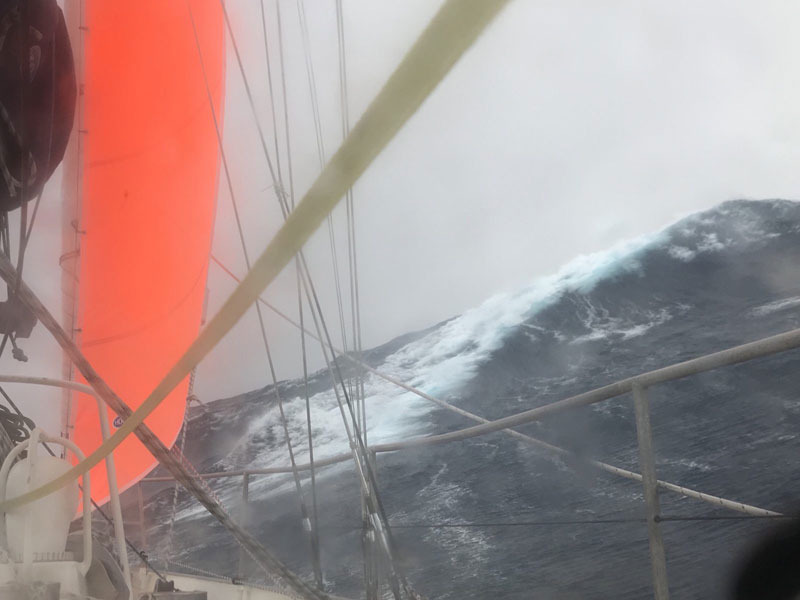
After some technical issues regarding Reeves’ communication, the Bay Area native was able to fill readers in on what happened (this is a truncated version from Reeves’ February 20 post): “Winds had increased to a steady 30 to 35. Remarkable however were the seas, steep and breaking and far larger than one would expect from 35 knots. The dominant swell was west with a smaller train from the northwest and another, inexplicably, from the south . . . At 1900 I was typing here in the pilot house when Mo was knocked flat to starboard. Water came pouring in the starboard pilot house dorade vent, the only one I’ve left open so we can have at least a modicum of fresh air below. The laptop was soaked but miraculously survived.” Reeves recovered, and tried to find a comfortable angle in the incredibly confused seas. “No more knockdowns, so by 11 p.m. I started sleeping.
“At about 2 a.m. we were knocked over again. I could hear the wave come on us. The sound is like being overtaken by an angry jet engine. Then your 20,000 pound boat is thrown as if it has all the heft of a dog toy. I could see from the pilot house that the starboard rail had been bent in from the impact of the boat’s fall onto the solar panel lashed to the rail. Lines were all ahoo, but there was no other damage.” Reeves was still trying to find the sweet spot through the three-wave-train seas.
“The wind had started to come more into the west, so I gybed Mo around. This, I felt, gave her a less sharp angle of approach to the westerly swell and she seemed to ride better. I was clearly incorrect in this assessment for an hour later we were knocked hard over to port. I was sitting in the pilot house when the hit occurred. The sensation was of being slammed to the ground. The port side window over the navigation station shattered. It was well underwater at this point, and green water gushed in. In a moment the boat righted. I remember seeing the water flow in, over the navigation desk, onto the floorboards in a big, heavy stream, but the shattered window didn’t register until I looked up and could see the clear ocean and jagged glass.”
We will refer you to the aforelinked Figure 8 blog for the full details of the story. Randall Reeves says he’s OK, is making jokes (“Temp: 57! Feels like summer!”), and on his way to an unknown port of call in Australia, some 3700 miles away.
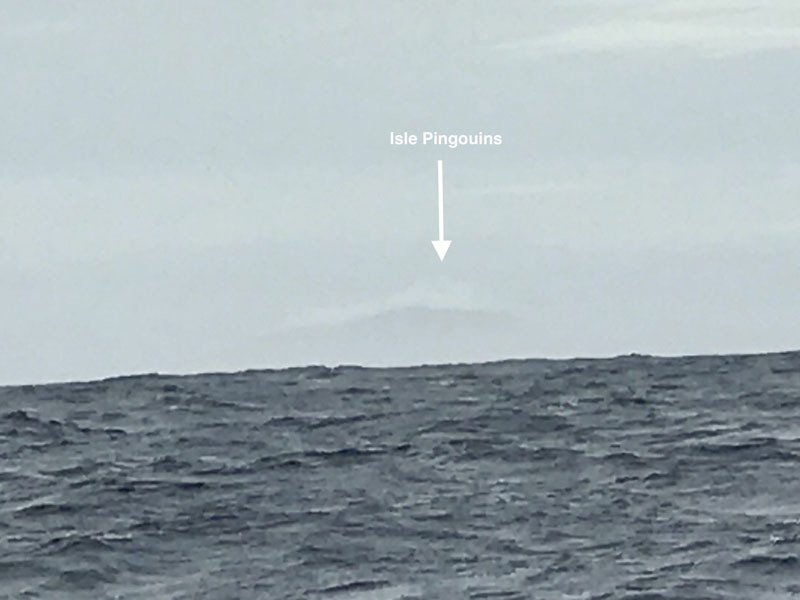
Fujin Capsizes, Crew Rescued
It’s been a wild ride this week in the RORC Caribbean 600. Seattle’s Greg Slyngstad was racing his Bieker 53 Fujin in the complex 600-mile tour of 11 islands when his catamaran capsized on Monday night close to Saba Island. Winds were in the 30s with gusts up to 40 knots.
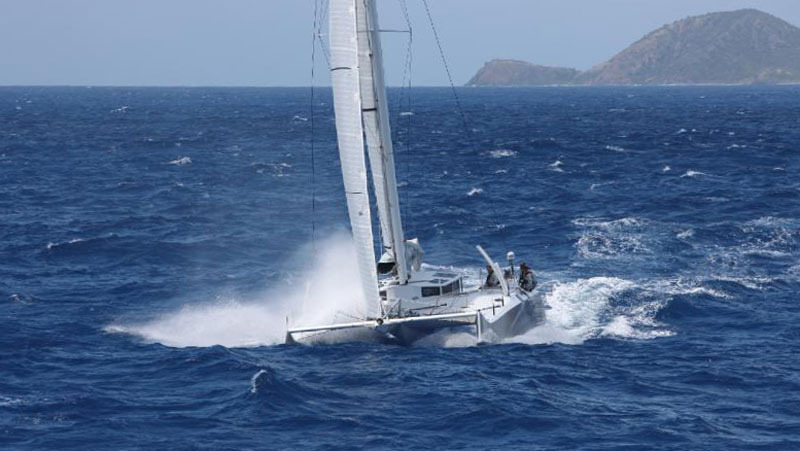
The highly experienced crew of eight, including the boat’s designer, Paul Bieker, and Olympic gold medalist Jonathan McKee, were safe and awaited rescue on the overturned hulls. Stephen Cucchiaro’s Gunboat 60 Flow stood by until the crew could all be transferred to a French coast guard vessel.
The race, which started on Monday in Antigua, garnered 80 entries from 15 countries. By Tuesday, a dozen of the entries had retired, some with damage, illness or injuries, in the rough conditions. As of this morning, 26 boats had dropped out. Blown-up sails were cited as a factor in a number of cases.
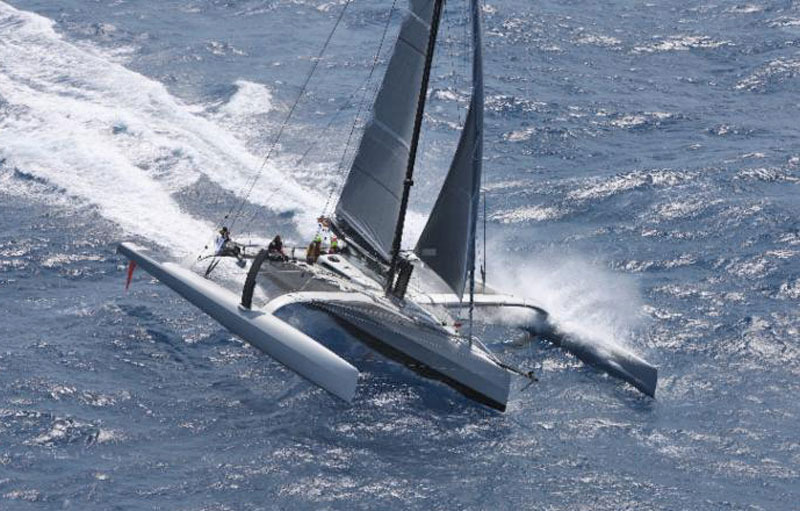
Rambler 88 and Paradox had a better time of it. Paradox, Peter Aschenbrenner’s Nigel Irens/Benoit Cabaret-designed 63-ft trimaran, took line honors in the midnight hour this morning, with a blazing-fast elapsed time of 1 day, 13 hours, 5 minutes and 16 seconds. George David’s Rambler 88 wasn’t far behind. The Juan K canting-keel sloop set a new monohull race record of 1 day, 13 hours, 41 minutes, 45 seconds. The Volvo 70 Warrior and Jens Kellinghusen’s Ker 56 Varuna also finished this morning.
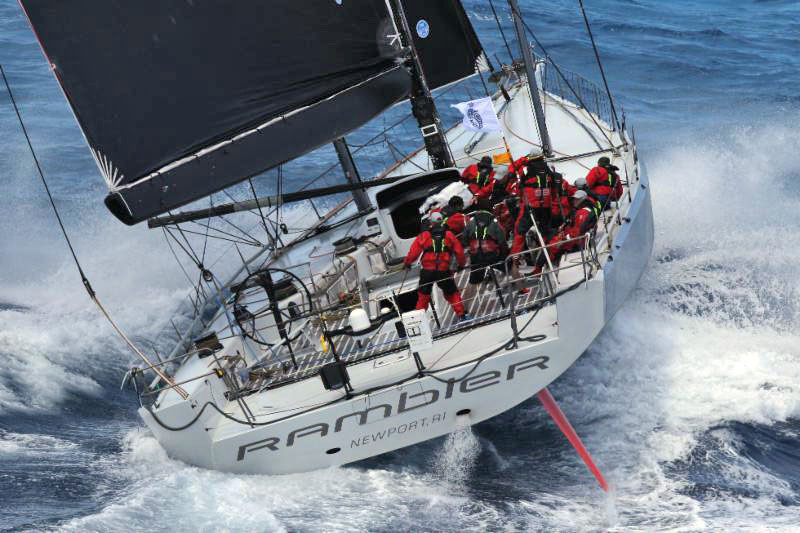
Garbage Patch Cleanup Starts Here
The Ocean Cleanup Project, founded by Boyan Slat in the Netherlands in 2013, started as an idea to remove plastic from the world’s oceans and is now becoming a reality on the shores of Alameda. The Great Pacific Garbage Patch in the North Pacific Gyre is one of the largest, most studied of the garbage patches, making it an ideal place to start this major undertaking. In addition to the system’s being fabricated in the Bay Area, as reported last May, local philanthropists Marc and Linda Benioff of Salesforce provided major funding, with additional funding from Silicon Valley entrepreneur Peter Thiel.
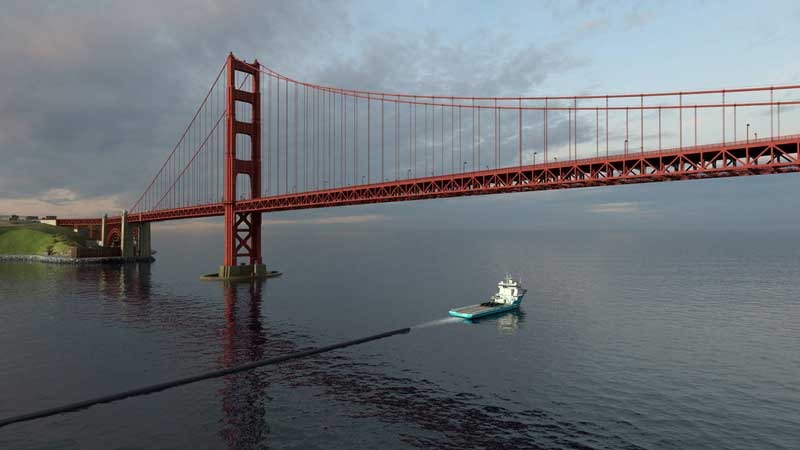
The City of Alameda has leased space to The Ocean Cleanup Project on Alameda Point, formerly the Alameda Naval Air Station. The innovative boom system is initially planned at 600 meters and will be constructed and assembled on Seaplane Lagoon, which was previously home to Artemis Racing and Nelson’s Marine. With Alameda’s long history as an active working waterfront, it’s an ideal location to support ocean cleanup and put the city’s unique waterfront resources to use.
Assembly of the first system will start next month, and it will be deployed into the lagoon with the hope of sending it to the Great Pacific Garbage Patch in mid-2018. Many racers in the Transpac and Pacific Cup have had to dodge marine debris while sailing to Hawaii, and have helped clean it up and provide data collection on the way back to the Mainland.
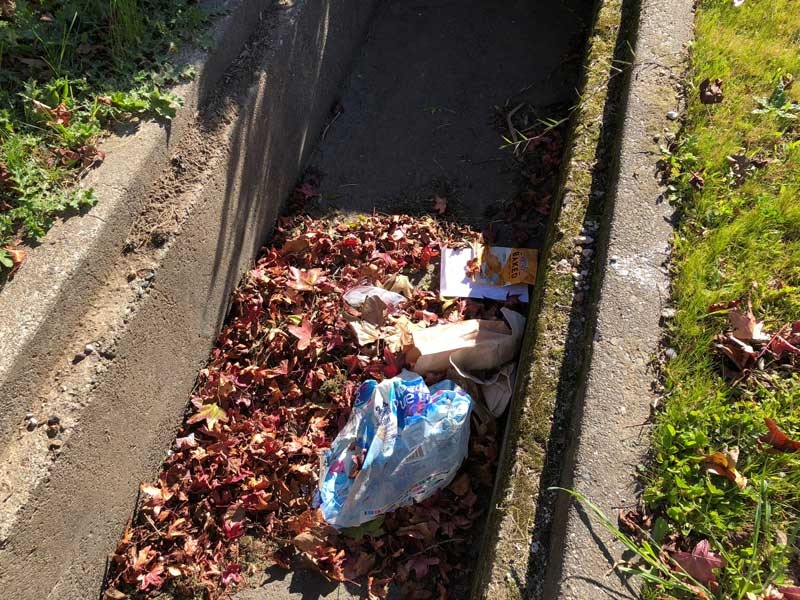
©2018Latitude 38 Media, LLC
The news release also included a paragraph that we’re sure is designed to help Google search results and general public appeal of the whole story, so we thought we’d better include it too:
“Next to Alameda’s major historical military significance, it was here that the famous car chase scene in The Matrix Reloaded was filmed, and it was home to some of the best experiments of my favorite childhood TV show, Myth Busters," said Boyan Slat. “We’re honored to be allowed to use this site as the assembly yard for the world’s first ocean cleanup system. Hopefully, we will make some history here as well.”
To the best of our knowledge Kim Kardashian has nothing to do with this story, but we think including her name will help our Google search results.
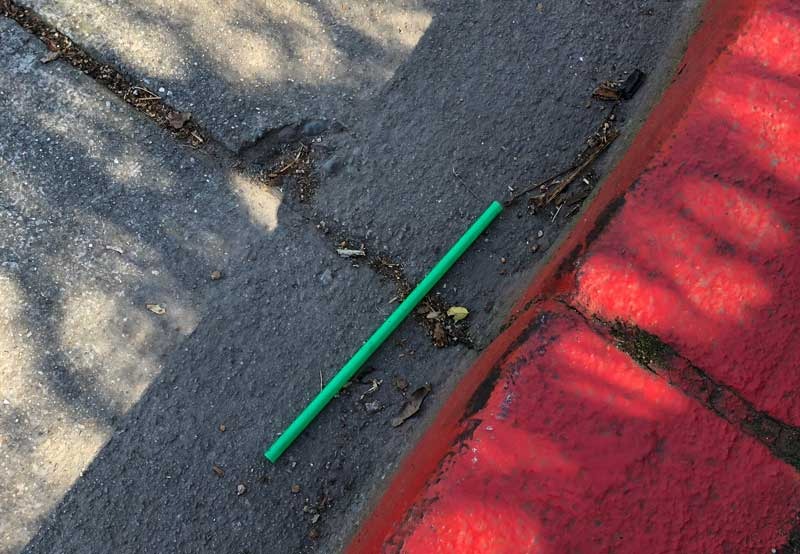
©2018Latitude 38 Media, LLC
In a related story last Friday we asked if any readers were helping by intercepting trash before it reached the gyre, and we received the following from Patrick Arndt, who sails his Islander 30-2 Sinaloa out of Berkeley, "My close friend gets his exercise kayaking on the Bay. So he goes prepared to get the easy stuff down in Fremont."
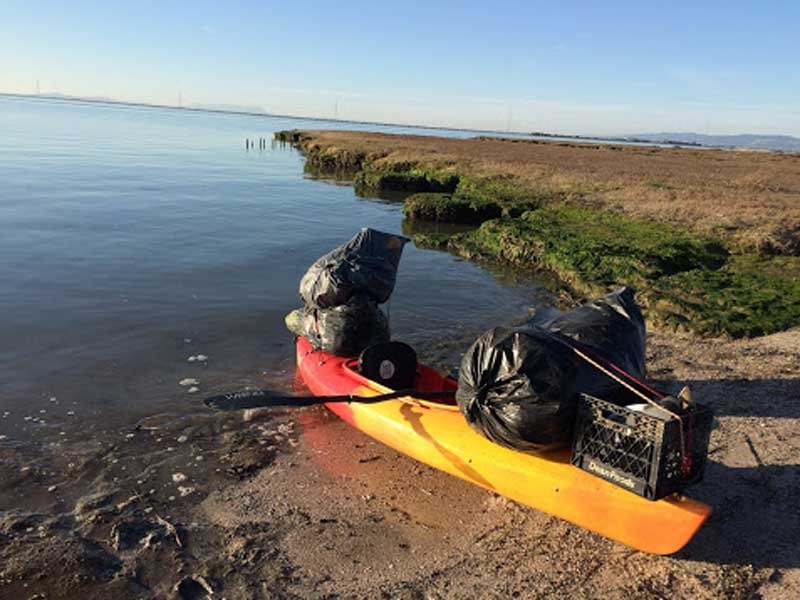
"Almost ‘everything’ that falls off a boat in the main part of the Bay ends up in Hayward to Fremont," explained Patrck. "I’ve helped him off and on for a few years until he gets aggressive and starts pulling in truck tires and tree trunks (a bit much for my back and age). Friend Brian got me back into sailing on his Catalina 27 Louisa until he sold her — now I reciprocate with my old ‘plastic classic’. You should see him load up a mountain bike."
If you’re also on the job collecting flotsam and jetsam let us know here.
